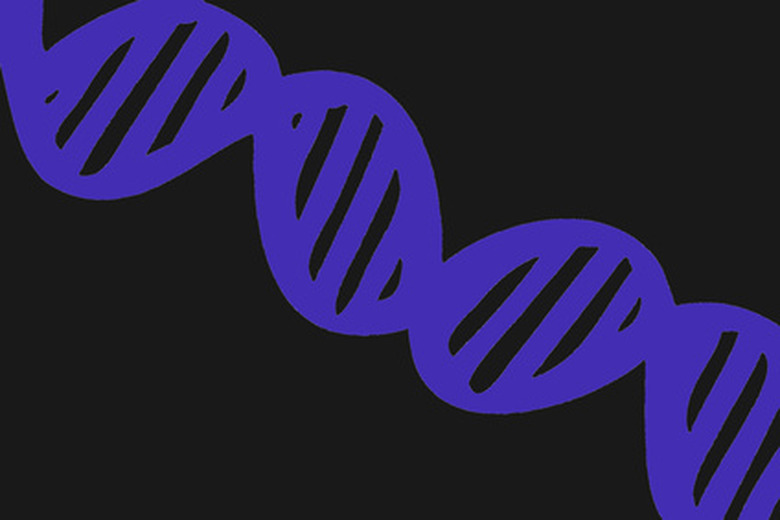How To Make A DNA Model Using Pipe Cleaners
DNA is one of the basic building blocks of all life. Through instructions encoded by just four chemical bases, cells can combine to form astoundingly complex life forms with unique traits. With modern genetics rapidly unraveling the mysteries of DNA, it is more important than ever for students to learn how it works. The basic 4-nucleotide structure of DNA can be represented with various types of models. One easy-to-build model uses pipe cleaners to represent the adenine, cytosine, guanine and thymine — A, C, G and T — nucleosides and the "twisted ladder" molecular backbone.
Step 1
Decide which colors represent which part of the DNA molecule. In this article, we will make the backbone out of white pipe cleaner and use red ones for A, blue for T, green for G and yellow for C.
Step 2
Make two chains of white pipe cleaners. Twist the ends together so that they are securely attached. Make your chains about the same length. Lay them side by side on the table.
Step 3
Make several pairs of DNA codons. You can make an AT pair by bending a red pipe cleaner and a blue pipe cleaner in half and hooking them together in the middle. Then twist them together so that they don't flop back and forth where they meet.
Step 4
Attach the pairs to the backbone, once you have made several pairs of AT and CG codons. Twist the free ends around the backbones to make a ladder. Space them as evenly as possible up and down the ladder.
Step 5
Twist the ladder in a spiral. It should twist evenly around itself like a spiral staircase. Ideally the ladder will make one complete revolution for every eleven "rungs."
TL;DR (Too Long; Didn't Read)
You may want to bend the rungs in half again to make shorter, sturdier codons.
Cite This Article
MLA
David, Isaiah. "How To Make A DNA Model Using Pipe Cleaners" sciencing.com, https://www.sciencing.com/make-model-using-pipe-cleaners-4745268/. 24 April 2017.
APA
David, Isaiah. (2017, April 24). How To Make A DNA Model Using Pipe Cleaners. sciencing.com. Retrieved from https://www.sciencing.com/make-model-using-pipe-cleaners-4745268/
Chicago
David, Isaiah. How To Make A DNA Model Using Pipe Cleaners last modified March 24, 2022. https://www.sciencing.com/make-model-using-pipe-cleaners-4745268/
